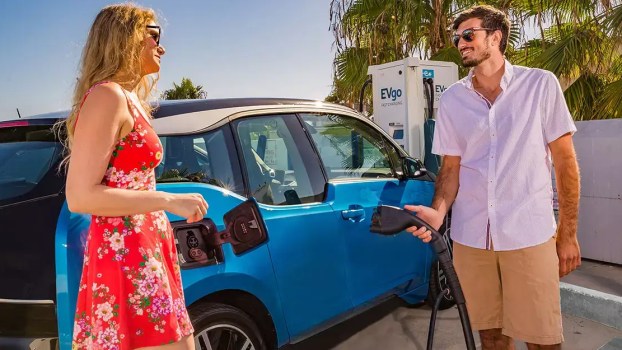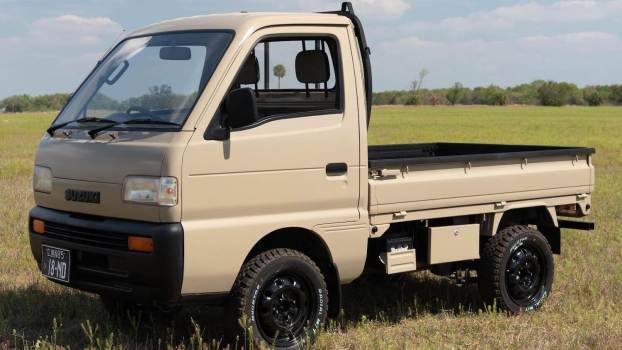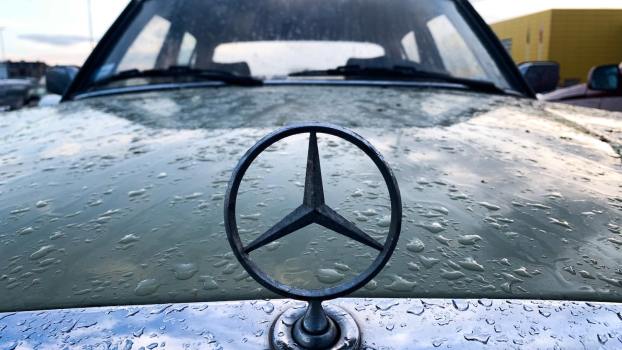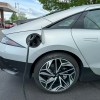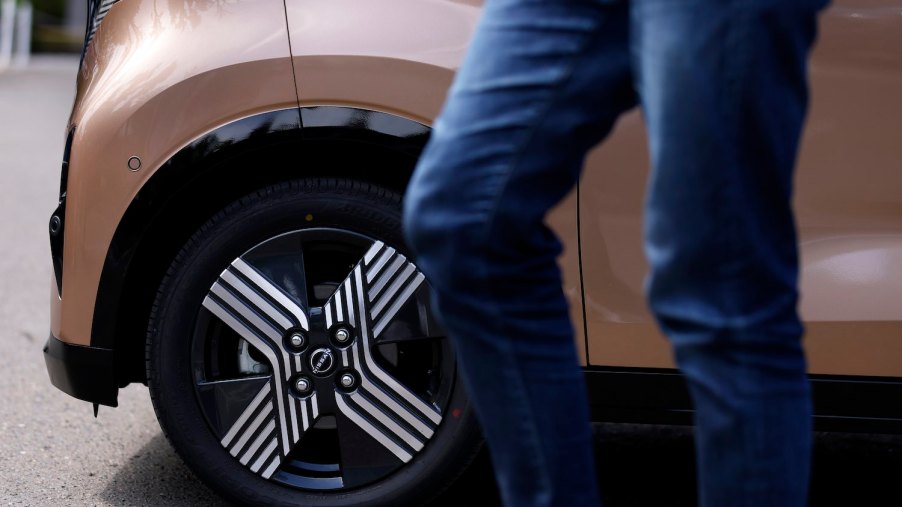
Meet the $13,000 EV Outselling Tesla in Japan
What should our electric future look like? Many environmentally-minded Americans agree that most of our drives should happen without emissions–and soon. But the most effective tool for this job might not be the full-size EV cars and SUVs–with their heavy battery packs and high prices. It might look much more like the Sakura, an elegant little KEI-class hatchback built by Nissan that costs $13k and is currently the best-selling EV in Japan.
What are the best-selling electric vehicles in the Japanese market?
While Japanese companies sell some excellent EVs and hybrids in the U.S., and Tesla is becoming one of the most popular automotive brands in the world, the best-selling EV in Japan might surprise you. It’s the elegant little KEI-class “Sakura” by Nissan.
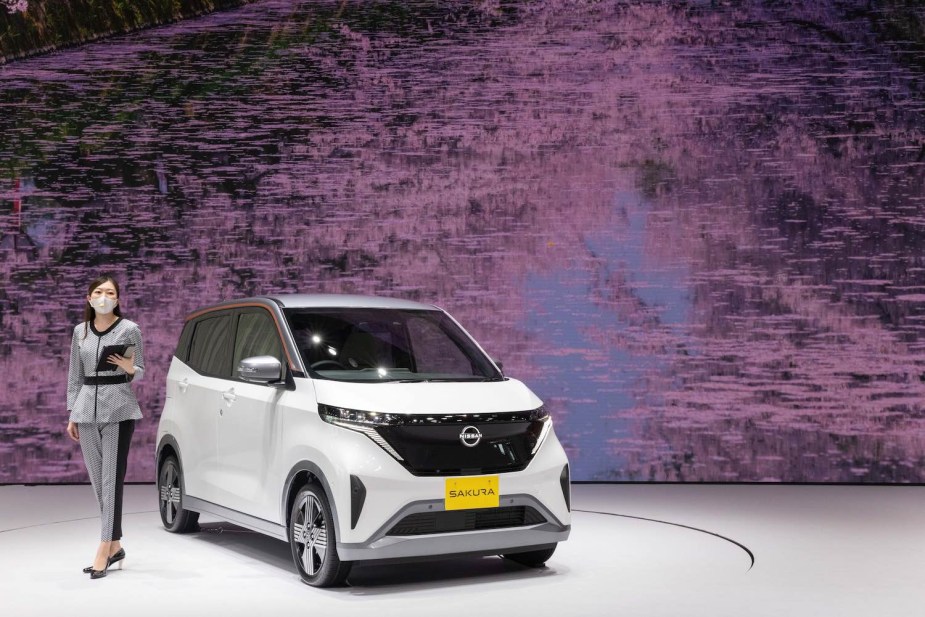
KEI-class micro vans and mini trucks have long been a favorite JDM vehicle. They are smaller than most vehicles we’re used to in the USA: often just wide enough for two passengers and with a cab over design to maximize interior space or cargo capacity. Used KEI-class vehicles have even become trendy to import to the USA.
How much is the Nissan Sakura in dollars?
According to Bloomberg, Nissan sold 35,099 of its Kei-class Sakura EVs last year alone. It is outselling even the ever-popular Tesla Model S and Model Y. Its 111-mile range and $13,000 price tag seem to be just what the doctor ordered for the Japanese domestic market.
The Sakura is a five-door hatchback, a FWD EV with a single 63 hp/144 lb-ft electric drive unit. Its battery pack is just a 20 kWh unit. But its top speed is 81 mph, and Nissan estimates its range at 111 miles. This efficient little vehicle even won Japan’s Car of the Year when it was introduced for 2022. Consumers agree with critics, and the Sakura is selling like hotcakes. They bought 21,887 in 2022, and then bumped that up to more than 35k in 2023.
But would an EV like the Nissan Sakura work in the USA? I think it would be surprisingly effective.
EVs are getting bigger, and high kWh battery capacities are causing eco problems
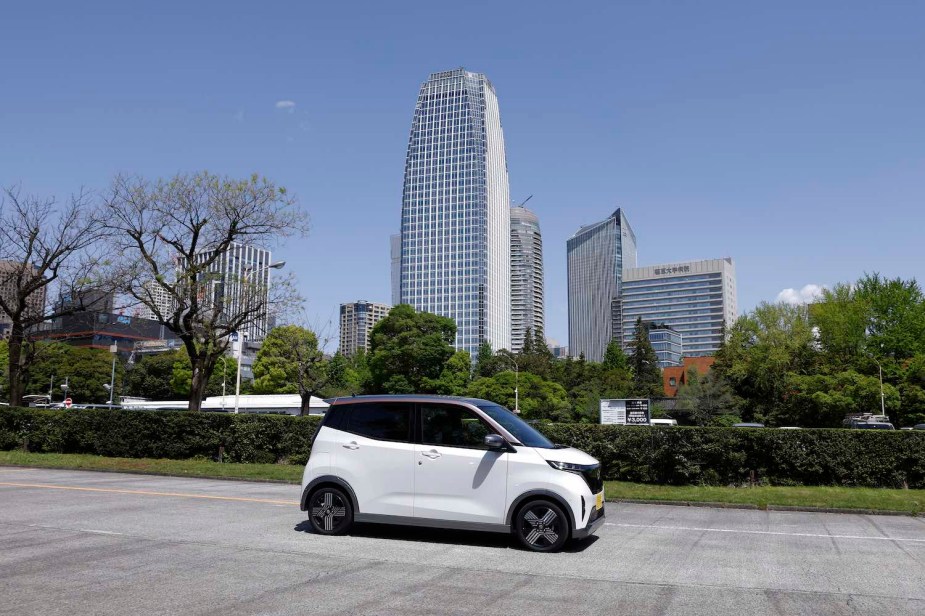
The average car or truck is a lot bigger than it was just seven years ago. This trend is affecting the size of EVs, and that’s not a good thing. Take, for example, the Rivian R1T pickup truck. The largest Rivian battery pack hordes enough lithium to build 20 plug-in hybrids. With our currently limited lithium supply chain and the average driver needing less than 30 miles range daily, big battery EVs are a huge misuse of resources.
There are more downsides to bigger EVs with bigger battery packs. They are expensive–and lithium is one of the main reasons the average EV currently costs 40% more than a comparable ICE. Their added weight also drives up their kW/mile. A smaller EV with an 800-volt charging architecture might need just 30 minutes to charge up during a road trip, but the largest EVs could take twice or three times as long.
The larger battery packs do address a real concern: range anxiety. Hopefully, a good public charging network and small EVs with quick-charging capability will soon address this problem. With current technology, we could have cars that only need 30 minutes of charging for three hours of driving. But in the meantime, many households may want two cars: one light EV for a daily commute and an internal combustion car for longer road trips.
If a family’s EV is primarily the daily commuter for one person, a $13k KEI-class EV is a compelling option. It has plenty of space for one person and their luggage. Yet it costs so little that it could easily be one of multiple vehicles in the fleet.
Electric KEI cars could work in the USA
KEI-class mini trucks and micro-buses are popular all over the world. And in many countries, they do not seem out of place. But in many of these countries, you also see tradespeople commuting on motorcycles or scooters with custom side cars built to hold their tools and supplies. A mini truck looks downright extravagant by comparison.
An older KEI-class truck or van’s cab-over design makes them less safe in a high-speed crash. For this reason, several states won’t let you register them for highway use. So to sell the Sakura in the U.S., Nissan would have solve this problem by making a Kei-car that meets crash regulations. But the Sakura has a rear cab, so it has space for a firewall up to modern specs.
Crash tests aside, would they fit in here? I’ve spent some time driving and using mini trucks in the USA. I have to say they are tall enough to be more visible than a motorcycle, and a model such as the Sakura has perfectly bright turn signals and headlights. On the highway, they can move along faster than some semi trucks, so they won’t disrupt traffic there. Driving a mini truck or seeing them on the road would take a bit of getting used to, but they are a very viable transportation solution.
Next, check out a VW bus lookalike Kei car or see the Nissan Sakura for yourself in the video below:
